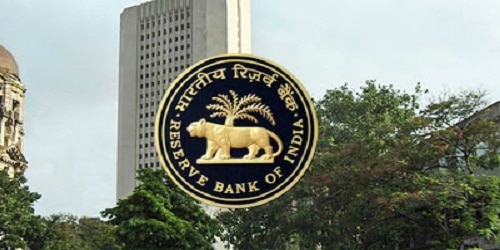The Reserve Bank of India has set the limits for Ways and Means Advances (WMA) to Rs. 75000 crore for the first half of the financial year 2019-20.
- As and when the government of India utilises 75% of the WMA limit, the central bank would activate fresh floatation of market loans.
- The rate of interest issued on the Ways and Means Advances (WMA) will be Repo Rate while the overdraft will exceed the Repo Rate by flat 2%. The WMA needs to be vacated after 90 days.
- Based on an objective framework, the RBI retains the flexibility to alter the WMA limit in future after consultation with the Indian Government.
What is Ways and Means advances (WMA)?
Ways and Means advances, guided under Section 17(5) of the RBI Act, 1934 are temporary loan facilities or overdrafts that are extended to the government (both central and the state) by the central bank of India.
i. The WMA helps the government to sail through the times of temporary discrepancies in the cash flow of the expenditure and receipts.
ii. The WMA scheme was introduced in 1997.
iii. There are 2 types of WMA. The RBI has limits for WMA for each individual state. This limit is in multiples of the minimum balance that the RBI needs to maintain with that state. The 2 types of WMA are listed as follows:
- Normal WMA: Normal WMA are clean advances.
- Special WMA: Special WMA are secured advances that are provided against the collateral of the central government’s securities held by the state government.
What is Repo Rate?
Repo Rate is the rate that the RBI sets for lending money to commercial banks during the shortage of funds or cash crunch. It is used by the Reserve Bank of India to keep a check on inflation.




